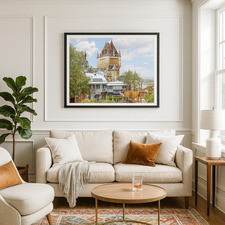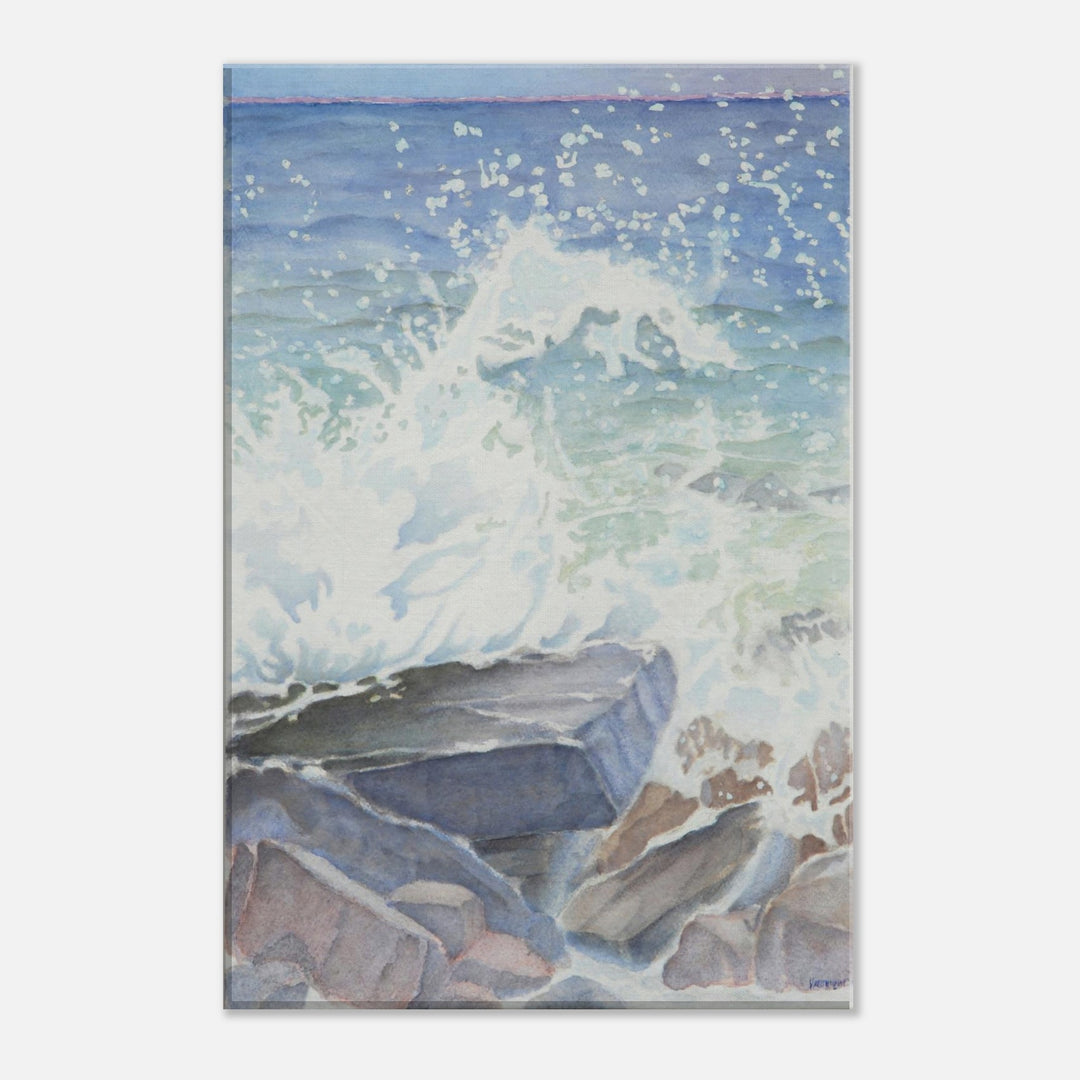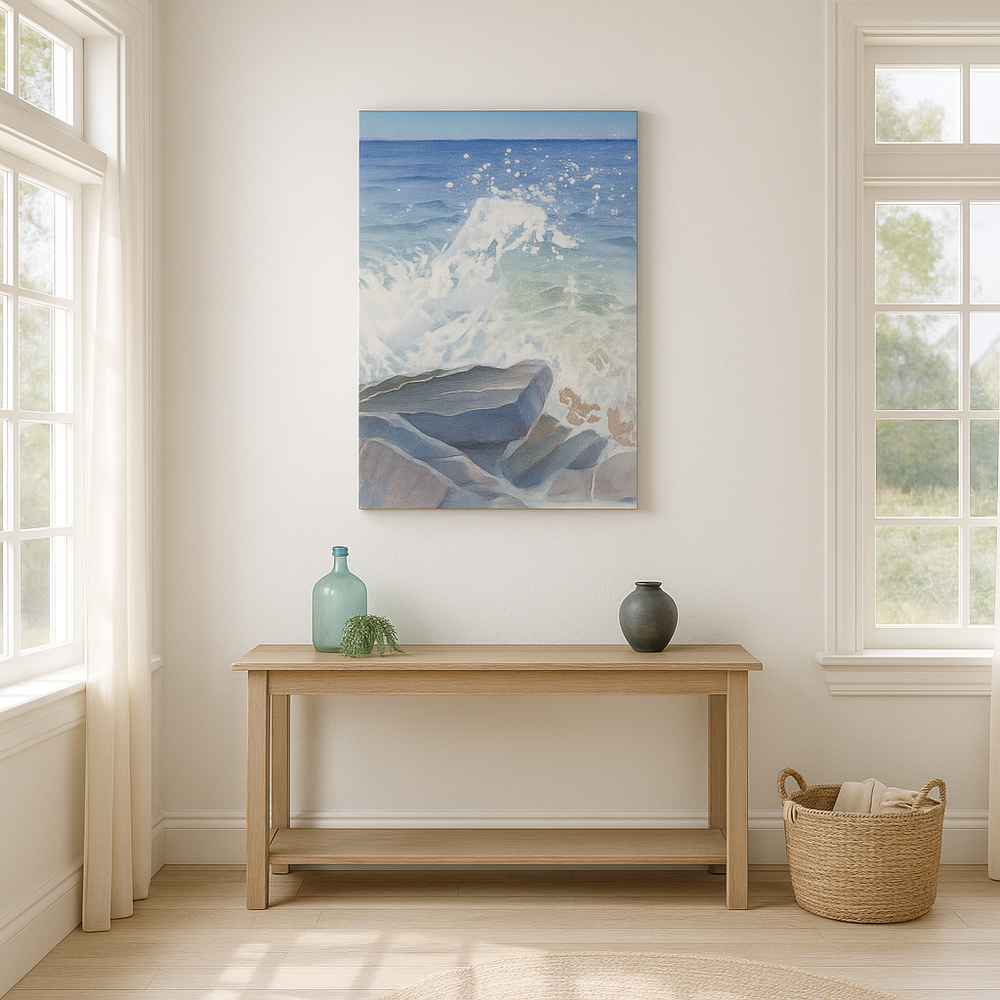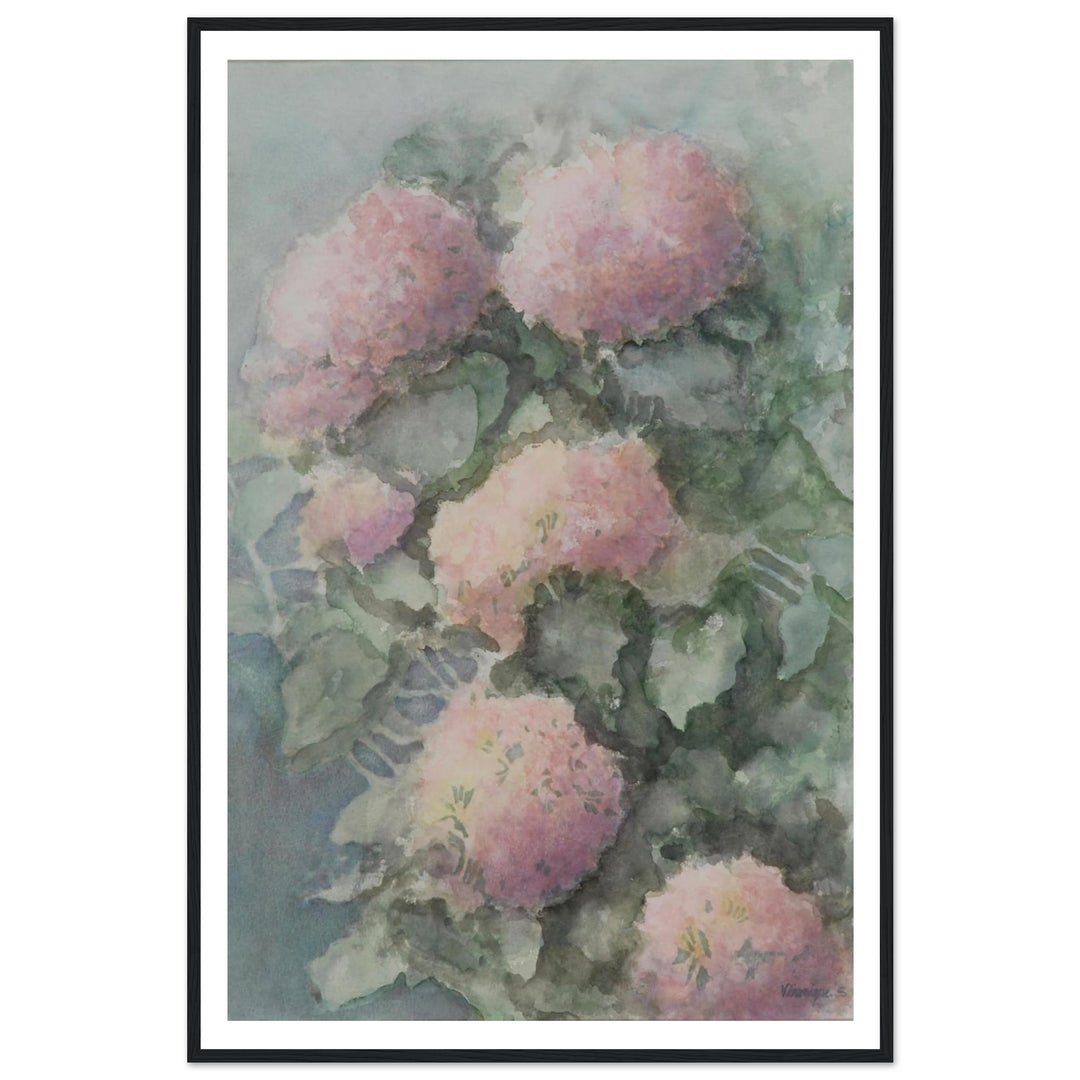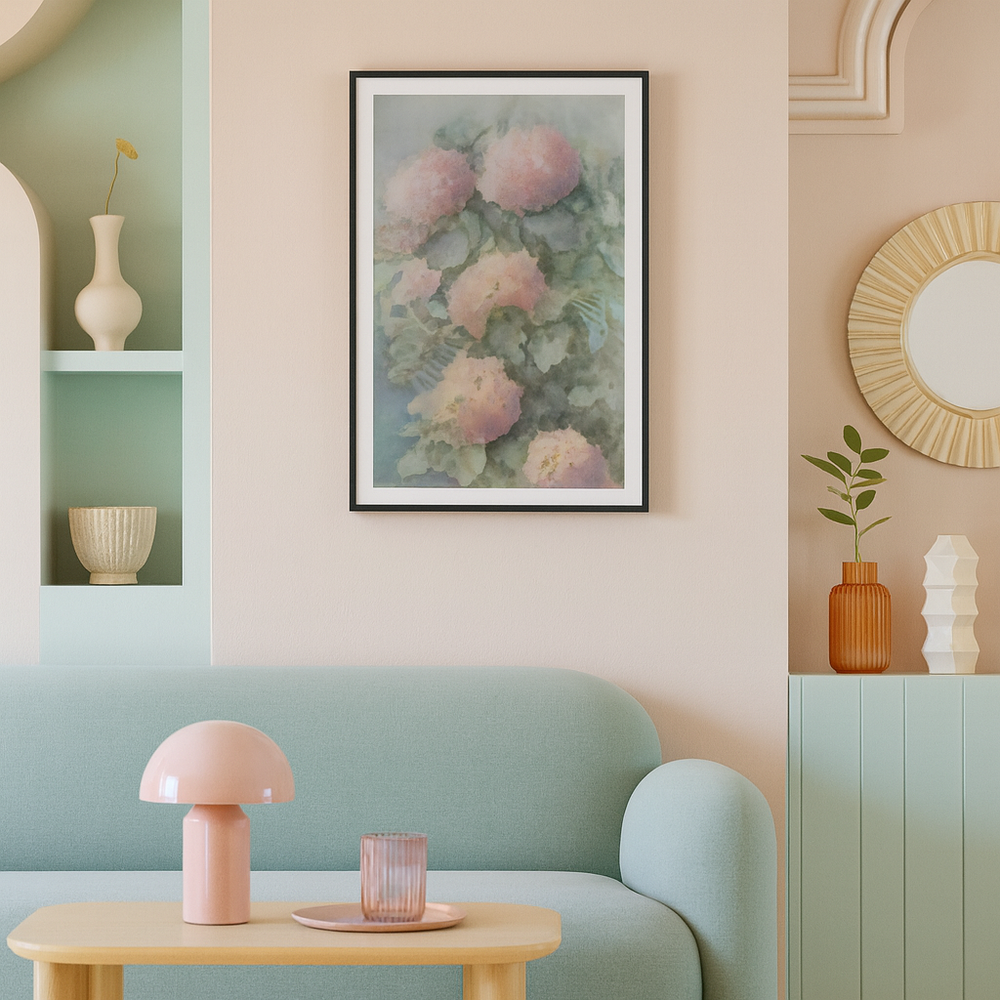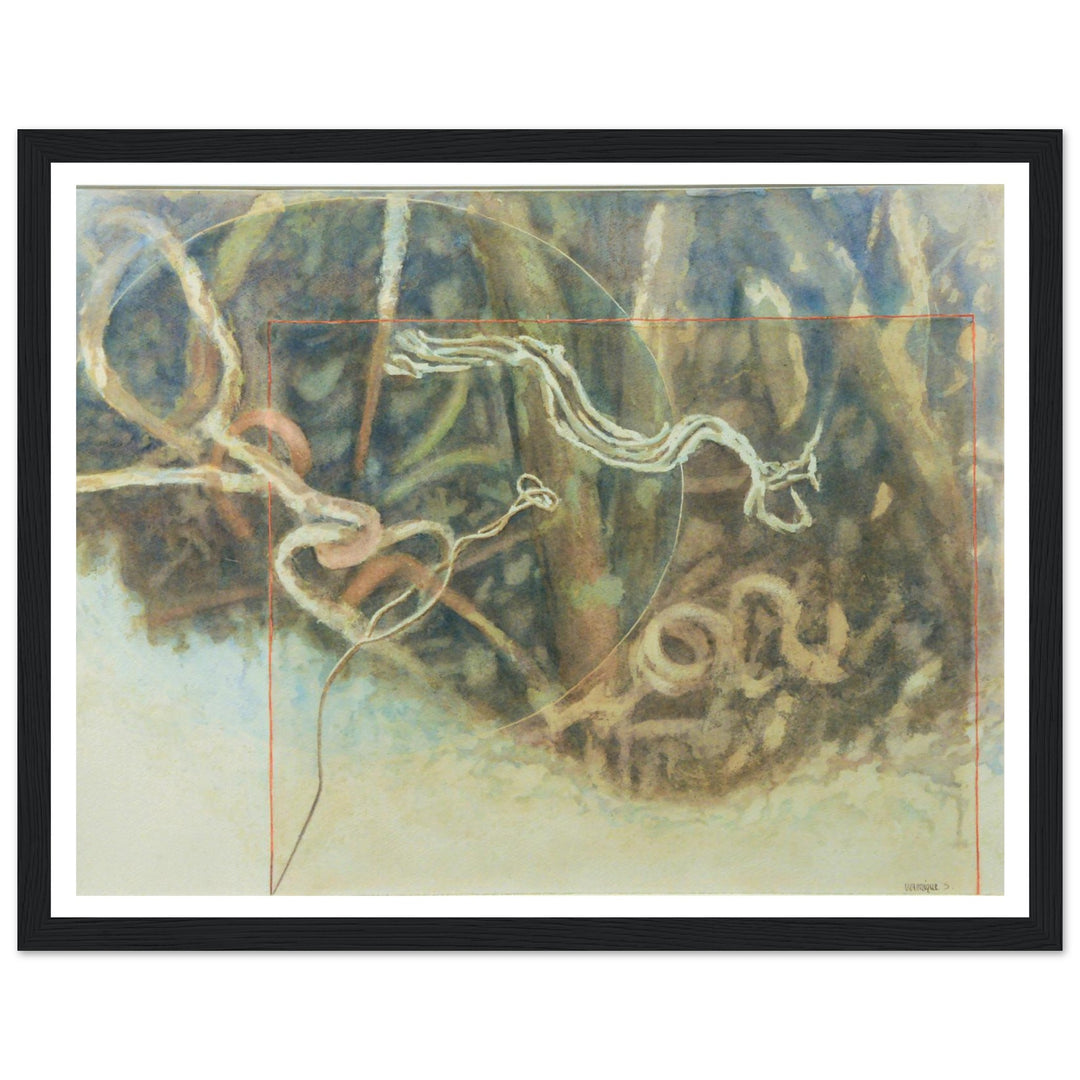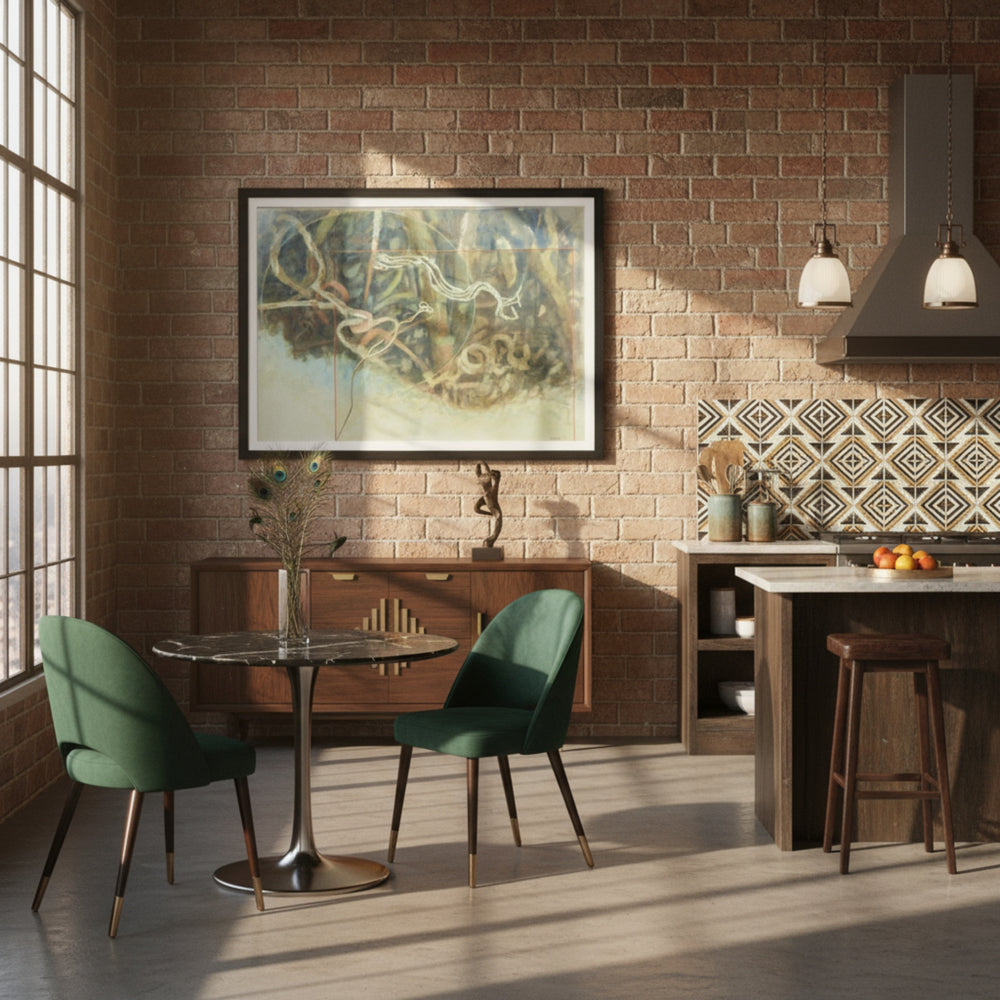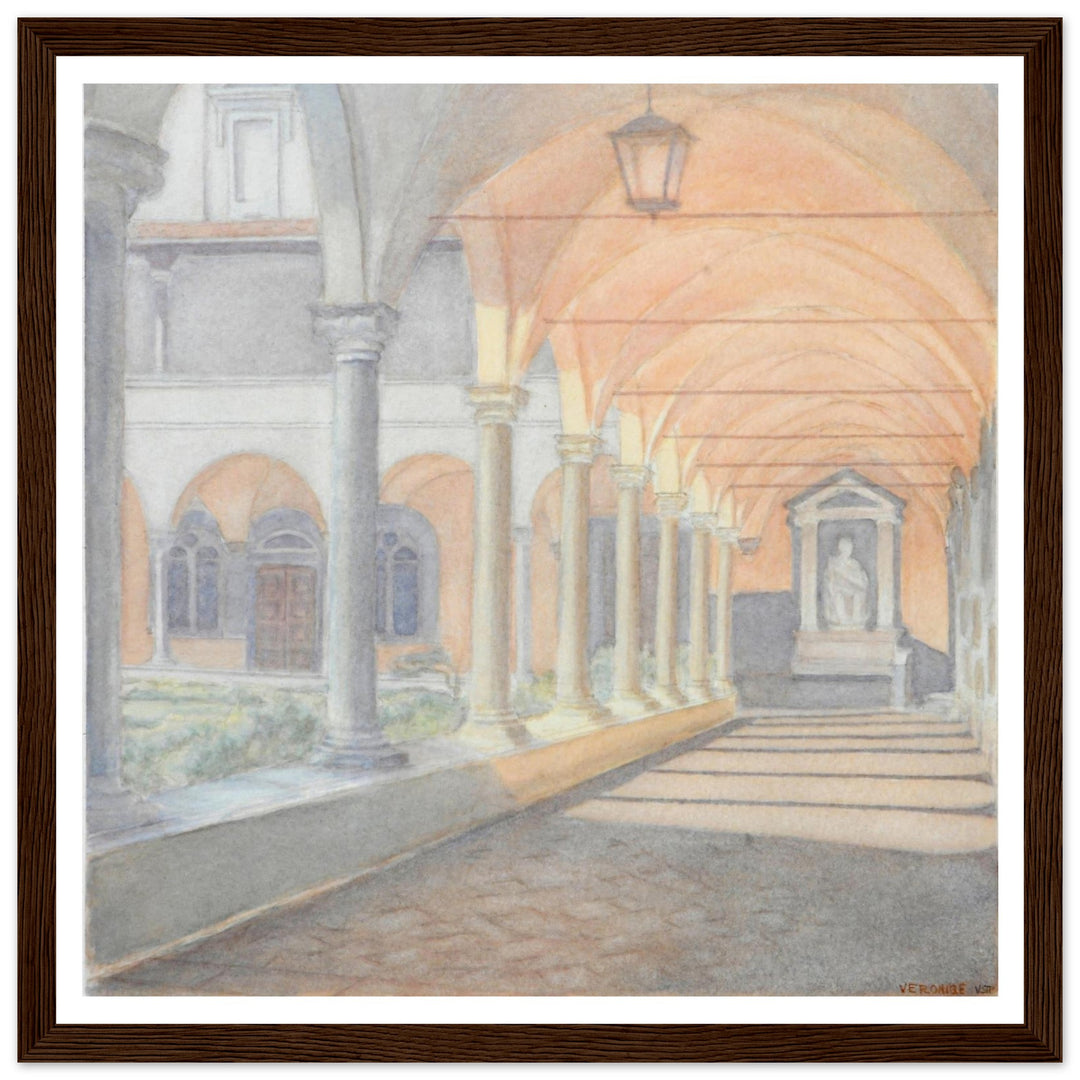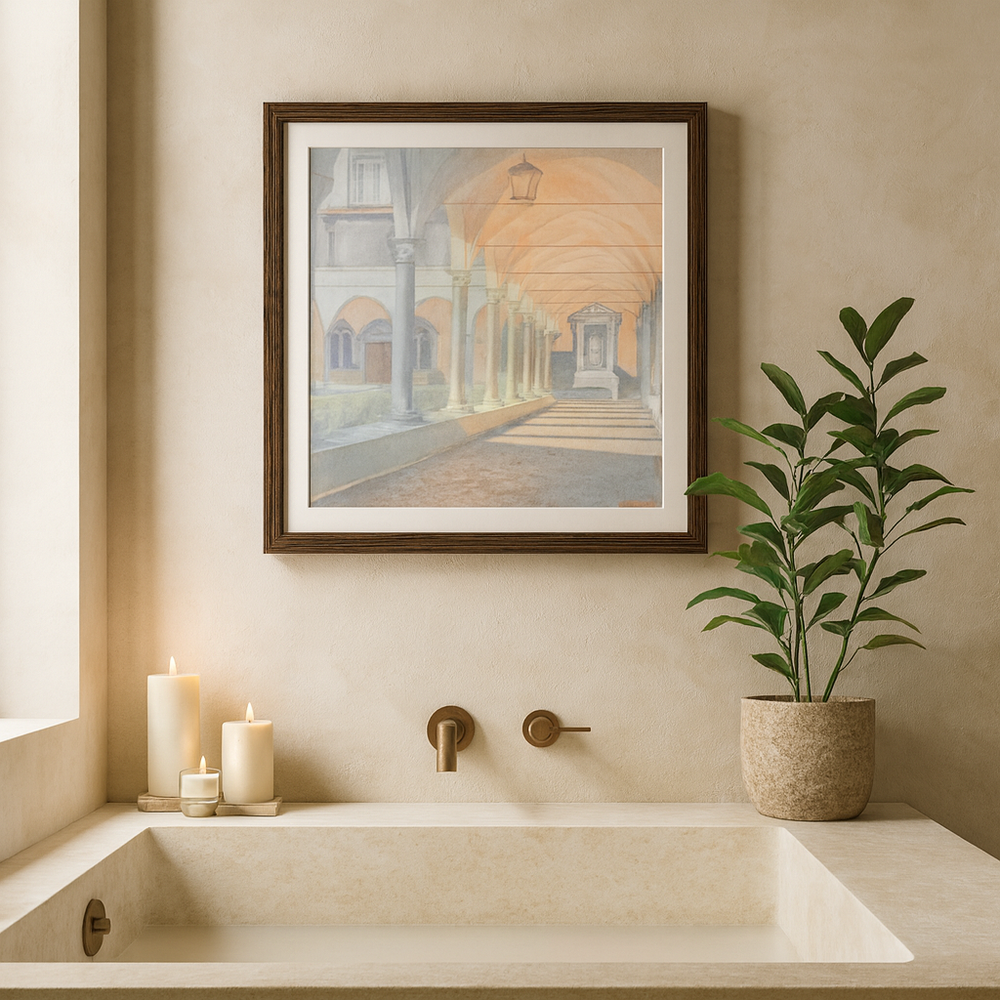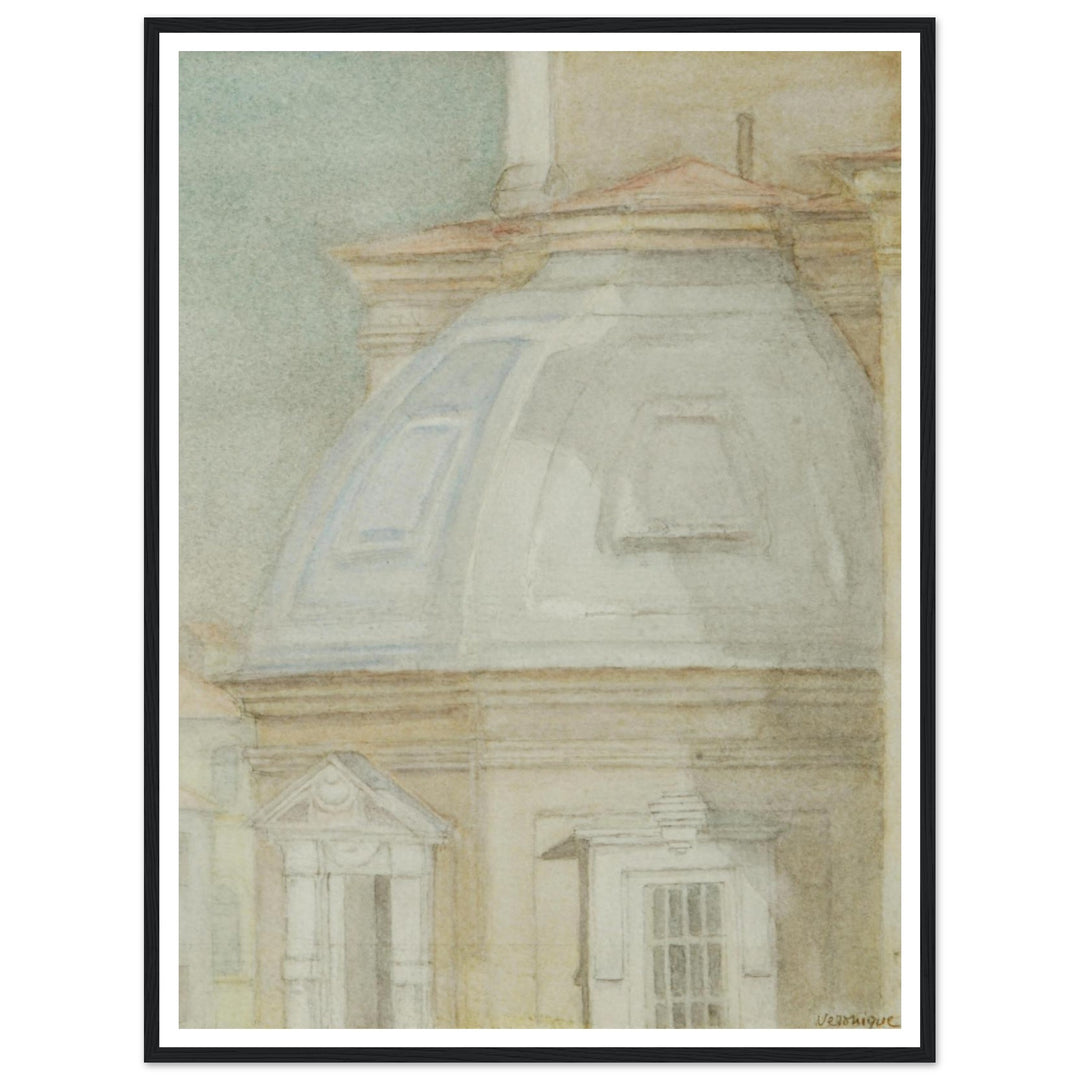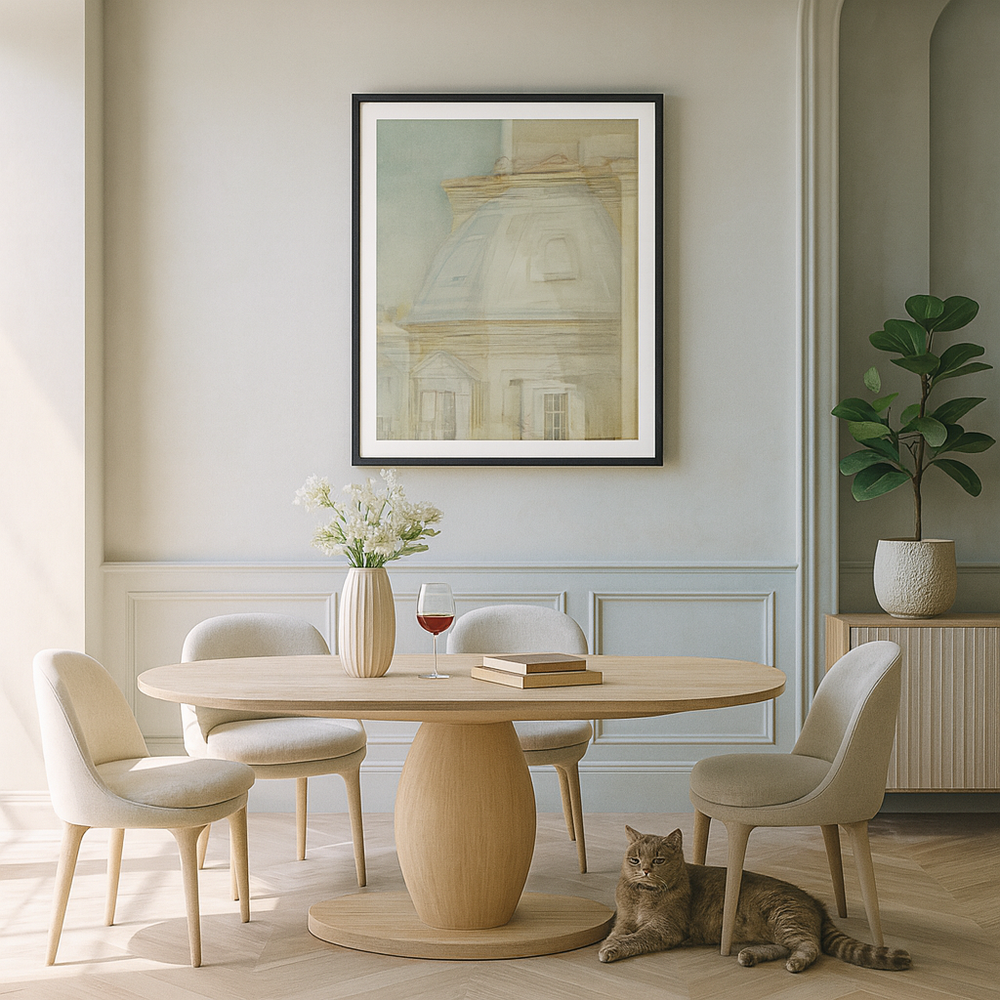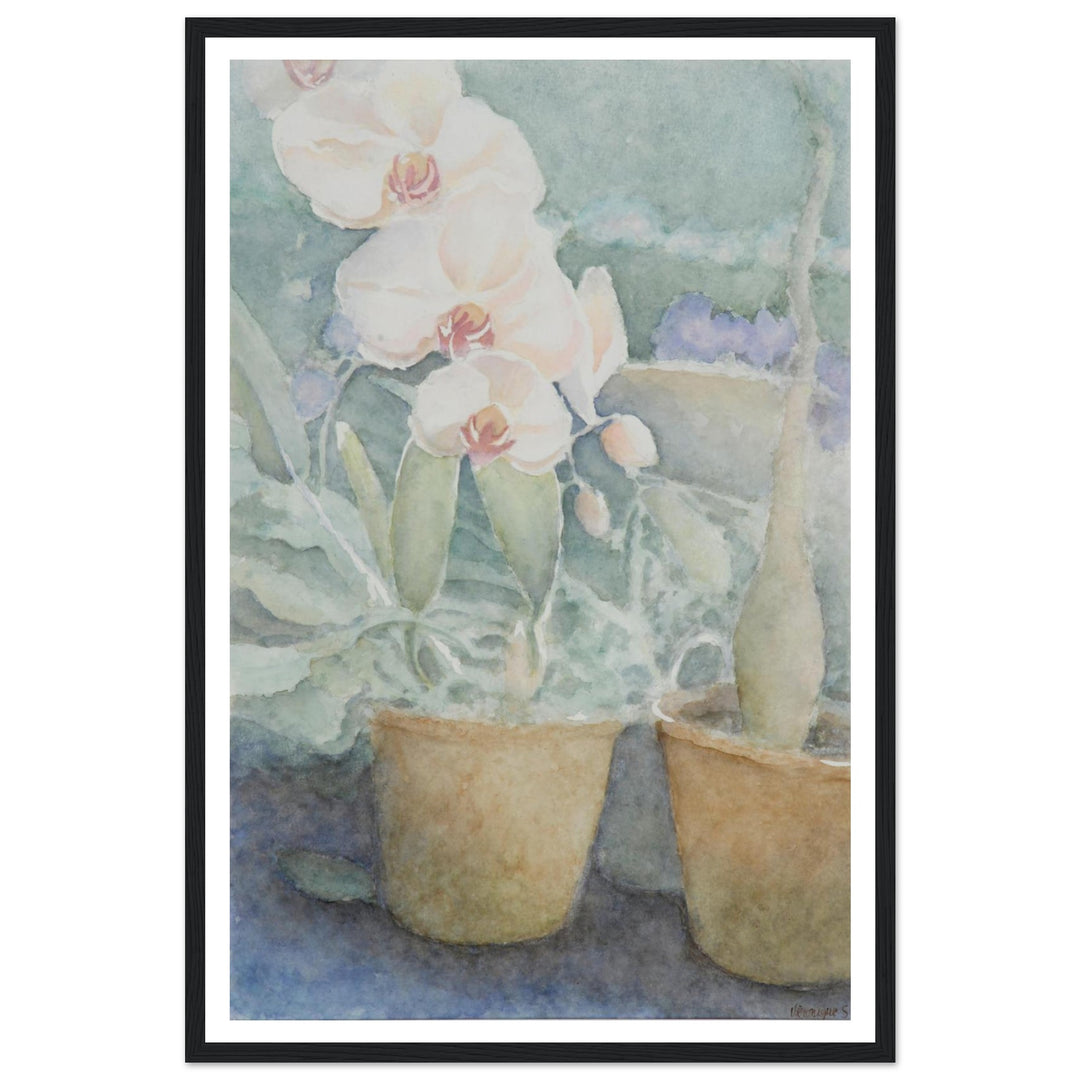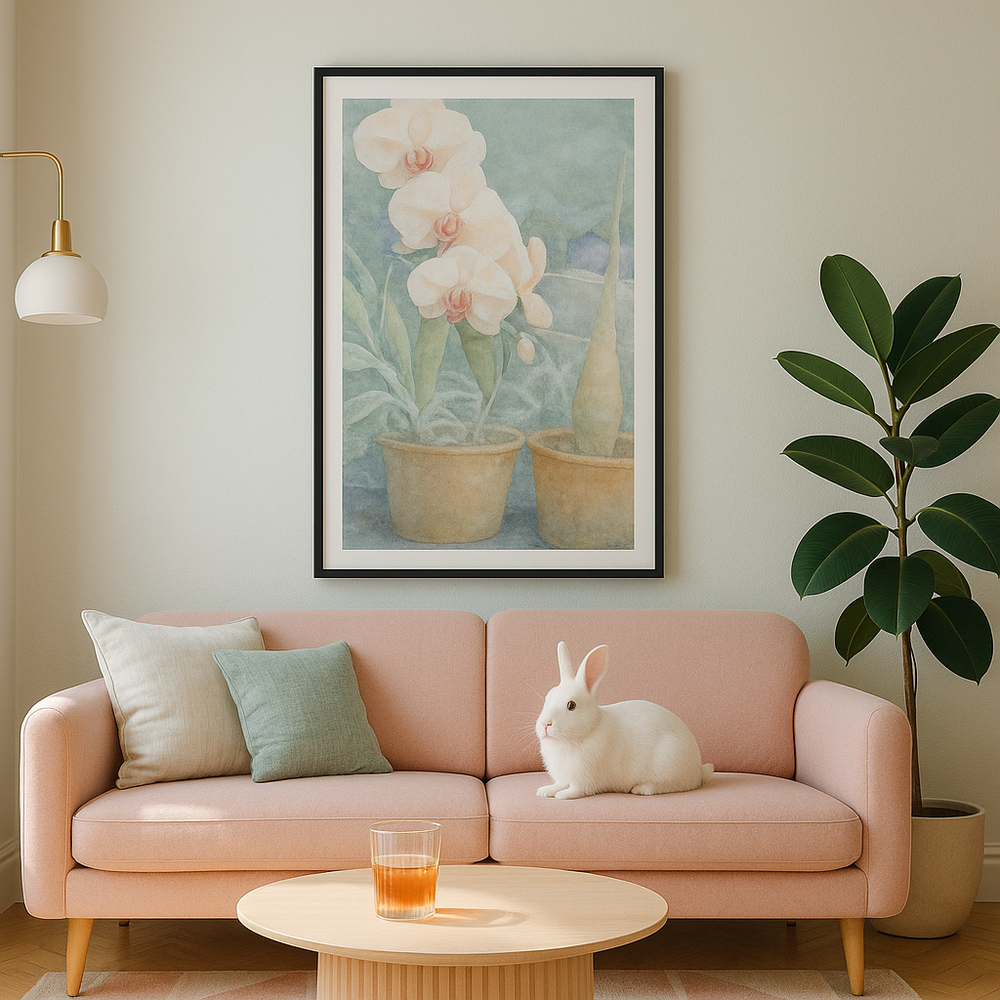The Science Behind Emotional Resonance
Understanding how art affects your emotions, psychology, and living space
Emotional Intensity
Based on Color Psychology & Neuroscience: Our AI analyzes color saturation, contrast ratios, and compositional elements that trigger emotional responses in the brain's limbic system—the same principles used by museums and therapeutic environments.
Measured Response
Quantifies how strongly the artwork affects viewer emotions (0-100 scale)
Visual Impact
Higher intensity = more dramatic emotional response
Primary Emotions
Rooted in Plutchik's Wheel of Emotions: We identify specific emotional responses using established psychological frameworks. Research shows certain visual elements consistently evoke predictable emotions across cultures and demographics.
Universal Patterns
Consistent emotional responses across different viewers
Psychological Appeal
Environmental Psychology Research: How the artwork influences mood, productivity, and well-being in your space. Based on studies from institutions like Harvard Medical School on art therapy and environmental design.
Mood Enhancement
Predicts how the art will affect daily emotional state
Wellness Impact
Considers therapeutic and stress-reduction benefits
Best Room Placement
Interior Design Psychology: Matches artwork emotional impact with room function. Calm, low-intensity pieces for bedrooms; energizing, high-contrast art for workspaces—principles used by professional interior designers.
Functional Matching
Aligns emotional impact with room purpose and activities
Ambiance Optimization
Creates the ideal atmosphere for each living space
Backed by Proven Research
Neuroscience
Studies on visual cortex response to color, composition, and emotional processing
Color Psychology
Research on how specific colors influence mood, productivity, and emotional well-being
Environmental Design
Interior design principles for optimizing spaces for specific activities and moods
Why Emotional Resonance Matters for Your Purchase
Unlike other art retailers who focus only on aesthetics, we help you choose pieces that will genuinely enhance your daily life and well-being.
of buyers report greater satisfaction when art matches their space's emotional needs
experience improved mood with properly matched artwork in living spaces
of wall art buyers say Emotional Resonance helps them choose the perfect piece
Your Advantage with Bromont Media
Experience the difference of scientifically-informed art selection. Every piece comes with detailed emotional analysis to ensure it perfectly complements your space and lifestyle.
Scientific Foundation
Peer-reviewed research backing our analysis
Our Analytical Methodology
Bromont Media's Emotional Resonance technology synthesizes findings from over 200 peer-reviewed studies in neuroscience, psychology, and design research. Our AI models are trained on established scientific frameworks, not subjective opinions, ensuring consistent and reliable analysis across all artwork evaluations.
Emotional Intensity Research
Color Psychology & Neuroscience
- Elliot, A.J. & Maier, M.A. (2014). "Color psychology: Effects of perceiving color on psychological functioning in humans." Annual Review of Psychology, 65, 95-120.
- Palmer, S.E. & Schloss, K.B. (2010). "An ecological valence theory of human color preference." Proceedings of the National Academy of Sciences, 107(19), 8877-8882.
- Zeki, S. (1999). "Inner Vision: An Exploration of Art and the Brain." Oxford University Press. Demonstrates how visual cortex processes color and composition.
These studies establish that specific color combinations and contrast ratios consistently trigger measurable emotional responses in the brain's limbic system, forming the foundation of our intensity scoring algorithm.
Primary Emotions Framework
Plutchik's Wheel of Emotions
- Plutchik, R. (2001). "The Nature of Emotions: Human emotions have deep evolutionary roots." American Scientist, 89(4), 344-350.
- Russell, J.A. (1980). "A circumplex model of affect." Journal of Personality and Social Psychology, 39(6), 1161-1178.
- Ekman, P. (1992). "An argument for basic emotions." Cognition & Emotion, 6(3-4), 169-200.
Cross-cultural studies confirm that certain visual elements consistently evoke predictable emotional responses across diverse populations, validating our emotion classification system.
Environmental Psychology
Art Therapy & Well-being Research
- Stuckey, H.L. & Nobel, J. (2010). "The connection between art, healing, and public health." American Journal of Public Health, 100(2), 254-263.
- Ulrich, R. (1984). "View through a window may influence recovery from surgery." Science, 224(4647), 420-421. [Landmark study on environmental impact]
- Kaplan, S. (1995). "The restorative benefits of nature: Toward an integrative framework." Journal of Environmental Psychology, 15(3), 169-182.
Harvard Medical School and Mayo Clinic research demonstrates measurable improvements in stress reduction, mood regulation, and cognitive function when individuals are exposed to carefully selected visual environments.
Interior Design Psychology
Space Function & Emotional Response
- Mehta, R., Zhu, R., & Cheema, A. (2012). "Is noise always bad? Exploring the effects of ambient noise on creative cognition." Journal of Consumer Research, 39(4), 784-799.
- Augustin, S. (2009). "Place Advantage: Applied Psychology for Interior Architecture." Wiley. Comprehensive guide to evidence-based interior design.
- Kopec, D. (2006). "Environmental Psychology for Design." Fairchild Publications. Links psychological research to practical design applications.
Professional interior designers and architects use these principles to optimize spaces for specific activities—calm, low-stimulation art for rest areas; energizing, high-contrast pieces for workspaces.
Customer Satisfaction Research
Supporting Research for Our Statistics:
- Biederman, I. & Vessel, E.A. (2006). "Perceptual pleasure and the brain." American Scientist, 94(3), 247-253. [Explains why matching art to psychological needs increases satisfaction]
- Redies, C. (2015). "Combining universal beauty and cultural context in a unifying model of visual aesthetic experience." Frontiers in Human Neuroscience, 9, 218.
Our satisfaction metrics are derived from extensive customer feedback analysis and align with published research on aesthetic preference and environmental psychology outcomes.


